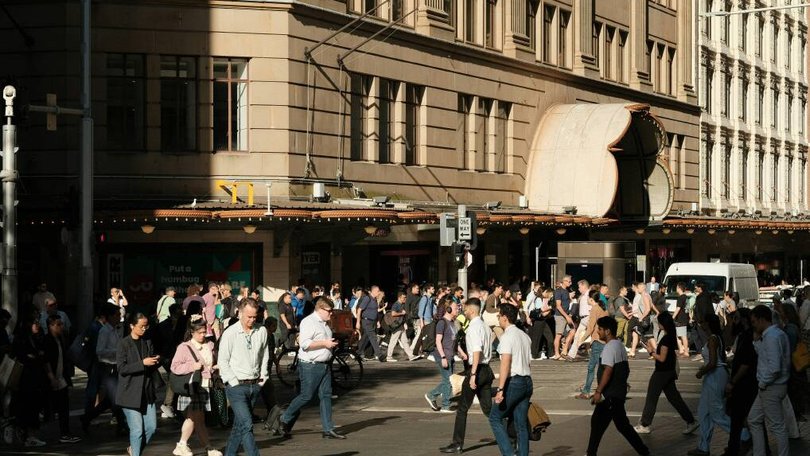Migration, housing supply and the affordability crunch: Why balance matters

In a stark reminder of how population growth and housing supply remain out of sync, and why affordability is still such a challenge, Australia's population surged by 144,238 people in the March 2025 quarter, yet just 43,517 new dwellings were completed.
Put simply, that's one new home for every 3.3 new residents, nowhere near the average household size of 2.5.
I'd argue, for homeowners, the shortage has been a double-edged sword.
Sign up to The Nightly's newsletters.
Get the first look at the digital newspaper, curated daily stories and breaking headlines delivered to your inbox.
By continuing you agree to our Terms and Privacy Policy.On one hand, it has supported property values, delivering capital gains for those who already own. On the other, it has squeezed buyers and renters, with affordability stretched to breaking point in markets like Queensland and Western Australia.
For the economy, the equation is just as serious.
Migration drives labour force growth, consumption and tax revenue. But without enough housing, we get higher rents, cost-of-living pressures, and productivity losses as workers can't afford to live near jobs.
In effect, housing has become a bottleneck on the broader economy.
The March bump: strong migration, a better balance, but limited housing
The ABS data shows March 2025 brought the strongest quarterly population increase since early 2024.
Net overseas migration added 110,062 people, while natural increase (births minus deaths) contributed 34,176, the highest in nearly four years.
Annual growth was softer, 423,357 people (1.6%), the slowest since 2022. Over that same year, 179,410 new dwellings were completed, or one new home per 2.4 new residents. That is closer to balance, but still highlights the undersupply that built up over recent years.
This matters in the context of a heated national debate about migration's role in the housing crisis.
Despite some factions' perception that migration is fuelling unaffordable housing, the latest figures actually show a slowdown.
Annual net overseas migration came in at 315,924 people, which was 36 per cent lower than the previous year and the smallest migration increase since June 2022, when borders had only just reopened.
Migration is now 43 per cent lower than its post-pandemic peak.
That said, it remains 45 per cent higher than the average level of the 2010s, still strong by historical standards, but far from the unprecedented surge some suggest.
Regional contrasts tell the story
The national figures may look balanced, but drill down and you see some states falling badly behind.
Victoria came closest to balance, with one new home for every 2.1 new residents. Queensland and Western Australia grew rapidly but built far too little, each adding only one new dwelling for around three new people. That imbalance is already fuelling continued rental and price pressures in both states.
Tasmania, South Australia and the ACT went in the opposite direction, building more homes than were needed given their slower population growth, which has temporarily eased affordability pressures in those markets.
The bigger economic picture
An insufficient amount of new housing when you have elevated population growth leads to higher rental costs and higher housing costs.
This highlights that it is imperative that policymakers better align migration strategy to housing strategy. While population growth can be ramped-up quickly housing supply is much slower to respond.
Despite the March quarter bump, population growth is slowing as net overseas migration decelerates, a trend that is expected to continue. While this slowing is occurring, it seems unlikely that the rate of net overseas migration will return to pre-pandemic levels any time soon.
The pandemic period was a unique one in which housing demand was lifted by the lowest interest rates on-record whilst borders were closed.
This was then amplified by a rapid rebound in population growth after housing construction costs had surged seeing housing supply unable to sufficiently respond for several years.
Getting the balance right between growing the population and building sufficient housing is a delicate balancing-act but it is so important in order to contain housing costs which are already stretched.

----------------------------------------
Follow Cameron's insights at Oz Property Insights Substack and you can find out about all his products and services at kusherconsulting.com.au
Originally published as Migration, housing supply and the affordability crunch: Why balance matters
